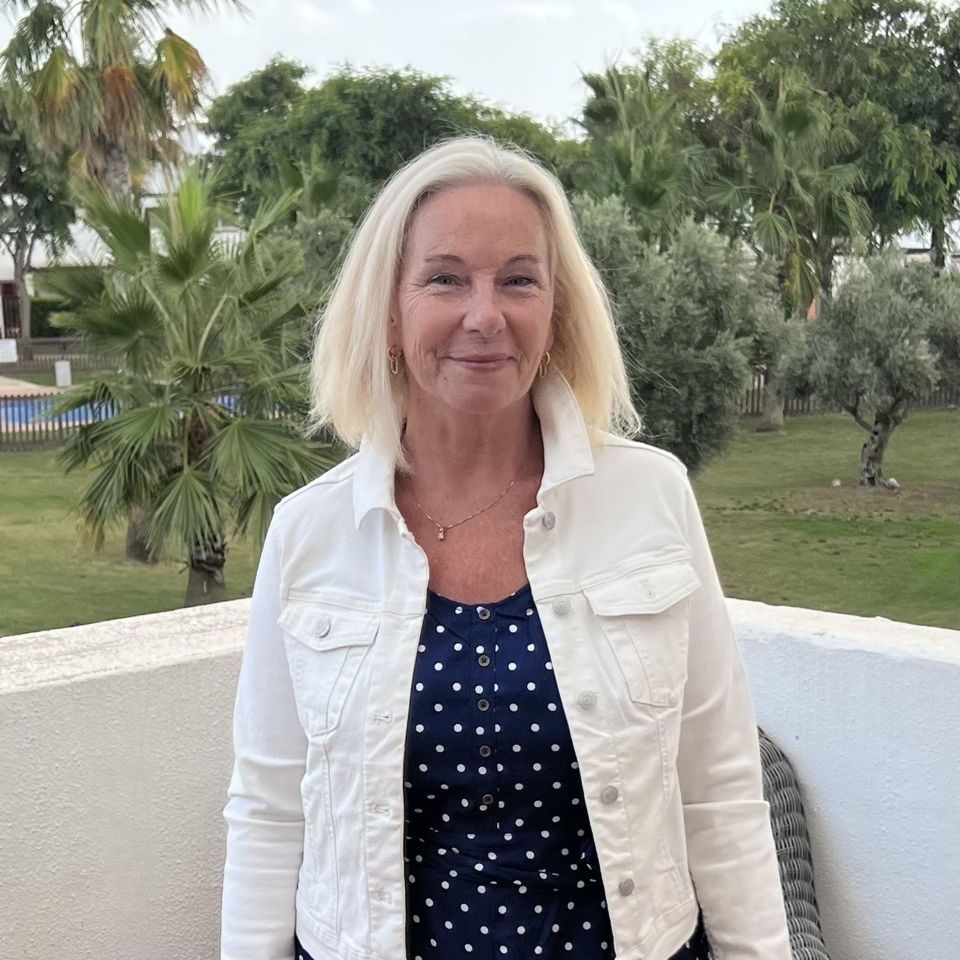This is an on-site version of the US Election Countdown newsletter. You can read the previous edition here. Sign up for free here to get it on Tuesdays and Thursdays. Email us at electioncountdown@ft.com
Good morning and welcome to US Election Countdown! Today let’s dig into:
If Kamala Harris wins the White House, she will enter the Oval Office with one of the least articulated foreign policy visions of any incoming president in modern US history.
But a sketch of her philosophy has started to appear [free to read]. The vice-president is a “realist” or “pragmatist”, according to people familiar with her thinking, though she doesn’t like being pigeonholed.
As tensions in the Middle East escalate, Donald Trump has claimed that Harris would be unprepared to lead the country. Her allies, however, are excited about Harris’s potential to bring in the perspective of a younger generation.
“I don’t think there’s any president that implements the prior president’s foreign policy wholesale,” Democratic senator Chris Murphy told the FT’s Alec Russell and Felicia Schwartz. “It’s likely she has departures from [Joe] Biden’s foreign policy in the Middle East.”
Yesterday, on the first anniversary of Hamas’s October 7 attack, Harris reiterated her staunch support for Israel and its right to defend itself, as she did following Iran’s ballistic missile strike on the country last week. But her remarks on the scale of civilian deaths in Gaza have led to speculation that she could be tougher on Israel than Biden.
It’s considered unlikely that Harris would do something such as withhold loan guarantees to Israel, as the then president George HW Bush did in 1991. But one lawmaker said she could turn up the pressure on Israeli Prime Minister Benjamin Netanyahu or consider sanctioning some of his far-right cabinet members.
If there is a ceasefire in Gaza, Harris’s advisers have suggested she might push to restart talks on a two-state solution — something the Biden administration had largely given up on.
There would be one key continuation of Biden’s worldview, though, according to lawmakers who have worked with Harris: she sees the Israeli-Palestinian conflict as part of a larger regional puzzle that encompasses Arab states — especially Saudi Arabia. “It’s not a two-state solution, it’s a 23-state solution,” said Democratic US senator Chris Coons.
Campaign clips: the latest election headlines
Behind the scenes

As co-chair of Trump’s transition team, billionaire investor and Republican megadonor Howard Lutnick has put potential administration officials on notice, saying appointees must prove their “loyalty”.
Lutnick, who is the chief executive of investment company Cantor Fitzgerald, is one of two people in charge of finding candidates to fill the roles in a second Trump administration, including key posts such as defence and Treasury secretaries. He is also drafting policy.
The investor told the FT’s Alex Rogers of any future hires:
They’re all going to be on the same side, and they’re all going to understand the policies, and we’re going to give people the role based on their capacity — and their fidelity and loyalty to the policy, as well as to the man.
Trump’s first term was plagued by infighting and staff turnover, including senior advisers who quit and in some cases spoke out against their former boss, but Lutnick said “those people were not pure to his vision”.
Lutnick compared his transition job with overseeing Cantor Fitzgerald’s hiring spree in the aftermath of the September 11 2001 terrorist attacks, which killed 658 Cantor Fitzgerald employees.
The billionaire, who has raised $75mn for the campaign, including more than $10mn to elect Trump and $500,000 for the transition effort, also called the Heritage Foundation’s Project 2025 “radioactive”. Harris has made the radical conservative agenda a central part of her attacks against Trump.
Datapoint

Getting swing state voters to turn out on election day is a top priority for both the Harris and Trump campaigns. The issue has come into sharp focus in North Carolina, as it reels from Hurricane Helene. In 2020, Trump took the state by fewer than 75,000 votes.
Voting patterns and turnout in the western part of the state are in question following the devastation wrought in more than two dozen counties. “Communities were wiped off the map,” North Carolina governor Roy Cooper said last week.
Voter relocation, as well as broader perceptions of recovery efforts, could factor into ballot choices — or whether some North Carolina residents vote at all.
Late last month, Biden declared a federal disaster in 25 North Carolina counties. In 2020, Trump won 23 of these counties, suggesting that Republican turnout could take a hit in November. On the other hand, Harris risks being lumped into anger over the Biden administration’s response, especially as misinformation swirls — at times fanned by Trump himself.
The state received 43,448 requests for absentee ballots from those 25 counties, and only 2,023 have been returned, according to yesterday’s tally from the state board of elections — with so much destruction, it’s possible many of those ballots won’t get filled out.
Plus, the deadline to register to vote in the state is coming up this Friday, though in-person registration is still possible during the early voting period that runs from October 17 to November 2.
Trump is leading Harris in North Carolina by 1.3 percentage points, according to the FT’s poll tracker.
















































































































































You must be logged in to post a comment Login